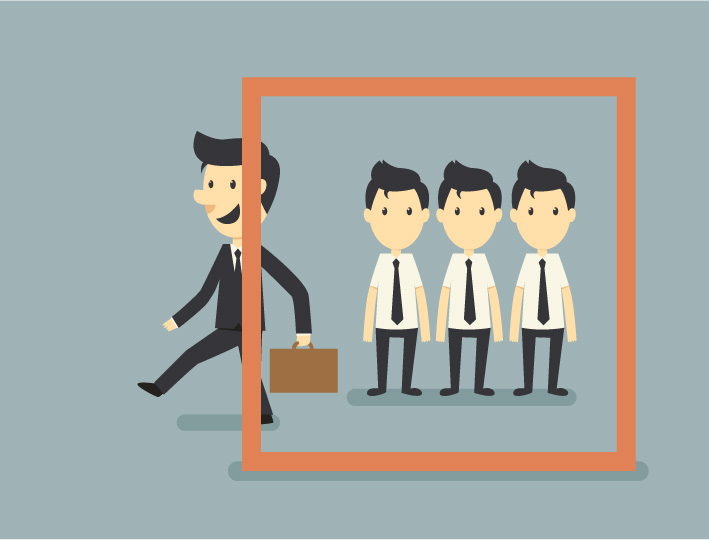
Employee vs Employer Change Mindset
We know from change management simulation data that even those leaders who try to effect organizational change according to the “change management book” often ignore the fundamental change management difference in mindset between their view of the business and their employees’ view of the business.
The Mindset of Employers
Broadly speaking, employers are looking to increase profits and productivity in a way that makes sense to them. Employers want a steadily improving, predictable, and hassle-free level of performance from their workers.
The Mindset of Employees
Employees, on the other hand, are looking for fair compensation, job security and advancement, and safety in their workplace. Most employees (especially Millennials) are also looking for some choice in what, how and when they do their jobs.
The Difference — Employee vs Employer Change Mindset
The difference in how employers and employees view the organization and what they want out of it fundamentally affects the way they look at almost everything — but especially organizational change.
What to Do As a Leader
It is critical that change leaders look at both sides when you first consider organizational change and then before you communicate change to the troops. For example, let’s say you are considering an organizational change initiative around your customer service strategy.
Your View as the Employer
The View of Your Employees
How to Better Communicate the Change to Improve Employee vs Employer Change Mindset
The way you as the employer communicate the change is critical.
The Bottom Line
Show that you care not only about the organization’s bottom line but that you care about your employees’ well-being. Actively include employees in your deliberations and encourage them to express their questions and concerns.
When you take their perspective into account along with your leadership perspective on securing the company’s future health, you can narrow the gap between how you and your employees look at the world.
To learn more about how to ensure you and your workforce are pulling in the same direction, Download Change Toolkit for Leaders

Tristam Brown is an executive business consultant and organizational development expert with more than three decades of experience helping organizations accelerate performance, build high-impact teams, and turn strategy into execution. As CEO of LSA Global, he works with leaders to get and stay aligned™ through research-backed strategy, culture, and talent solutions that produce measurable, business-critical results. See full bio.
Explore real world results for clients like you striving to create higher performance